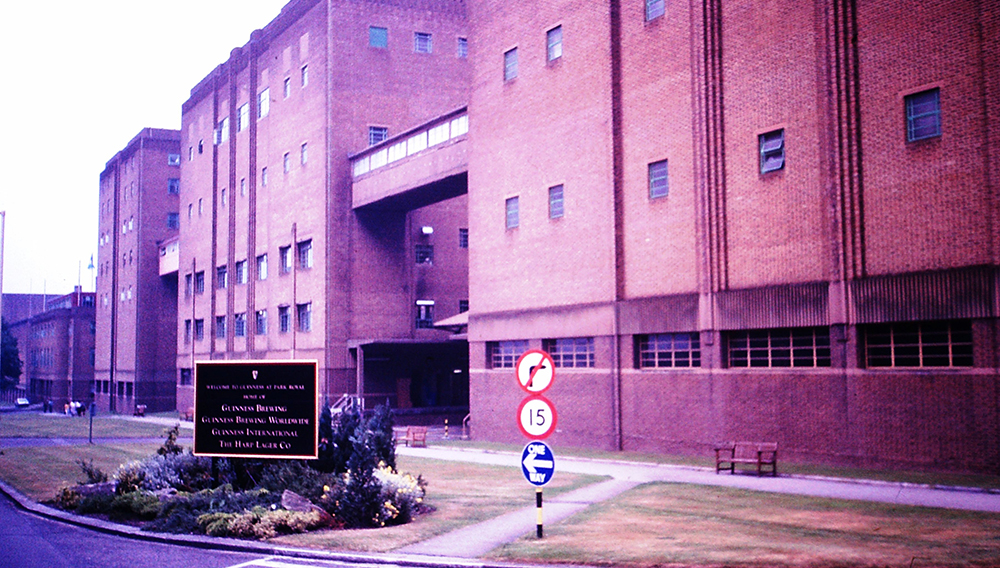
Scientific brewer | A series like “The giants of brewing history” naturally thrives on the reactions of its readers. From criticism and recommendations to, as in this case, constructive collaboration. Dr. Tullio Zangrando of Pedavena, Italy (known to many readers as an author) and Manfred Moll “discovered” an interesting gentleman: William Sealy Gosset was the person who introduced statistics to brewing.
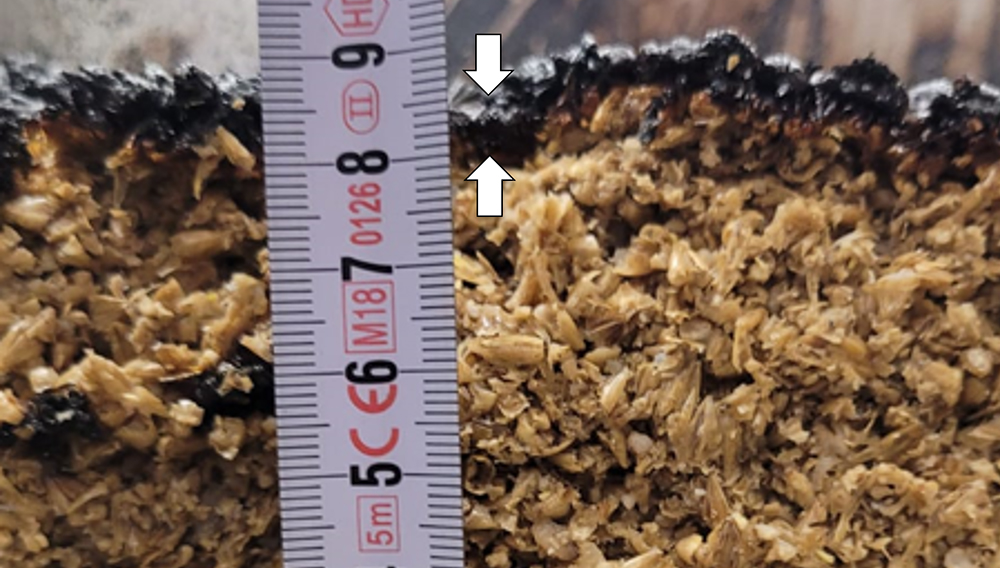
Let’s bake and brew | Keptinis is a traditional Lithuanian beer made of baked mash. The mash is roasted at temperatures of over 250 °C in a stone oven. Hardly any measurement data on the properties of this type of beer is available. The information that does exist is primarily based on what has been passed down orally and what can still be found in old housekeeping books.
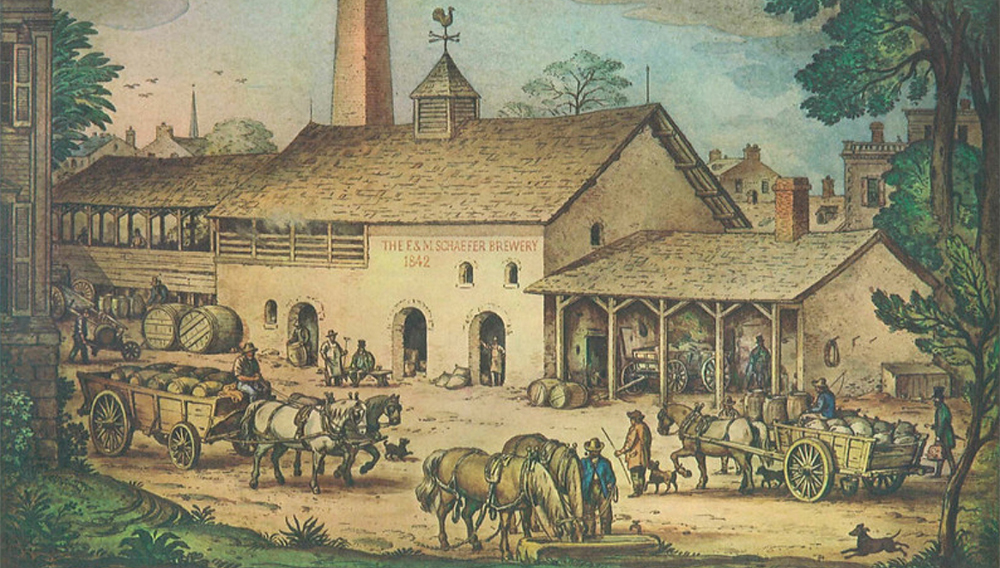
Lager Beer | For this installment of “Beer Giants”, we return to the USA but open our story in Wetzlar on the River Lahn in Hesse, Germany. This is where the lives of two brothers commence. In contrast to the big names in American brewing, such as Anheuser, Busch, Coors or Miller, today their names are only known to brewing industry insiders. And yet these two men from Wetzlar are universally recognized as having made invaluable contributions to the US brewing industry.

Success story | What began as an iron foundry and a manufacturing plant founded by a young mechanical engineer celebrates its 150-year history in 2025. Anton Steinecker followed his instincts in determining what he should manufacture first when he decided to focus his efforts on the fabrication of equipment for the malting and brewing industries. Steinecker GmbH celebrated this event in mid-September 2025 in Freising, Germany. BRAUWELT has been fortunate enough to speak to Managing Director Dr. Marcus Michel in advance of the celebration about the history of Steinecker as well as current developments and the future plans of the company, which has been built on tradition and still continues to serve the brewing and beverage industry with high quality equipment.

Breakthroughs | A popular thought experiment among historians is to make long-term observations regarding important historical events and about their consequences or lack thereof. History, by its very nature, cannot be reflected upon from a perspective that is too narrow. By not losing sight of the big picture, one sees that events can be even more exciting and unpredictable than one might’ve expected. But what would such an analogy look like in brewing history? The following essay by Günther Thömmes touches upon this topic.
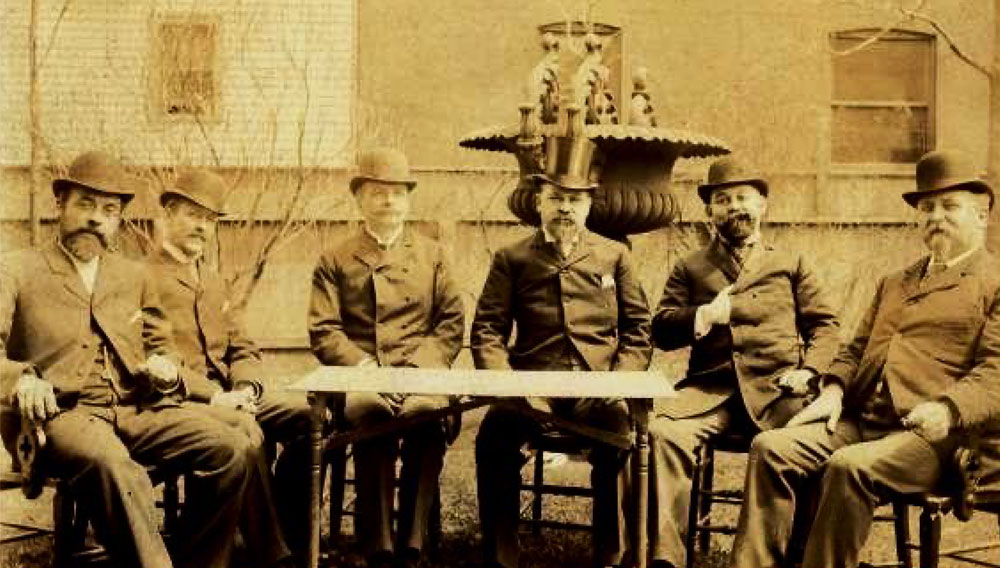
Forgotten titans | This series recounts the extraordinary deeds of those involved one way or another in the brewing industry. Though their works and labors may have been memorable, for whatever reason, some of these innovators and pioneers have faded from our collective memory. Among them, a few have been almost completely forgotten or are only known to those specializing in brewing or brewing history. Two men, who fall into this category emigrated from Germany to the United States and became wealthy and renowned in their time but are largely unknown today.
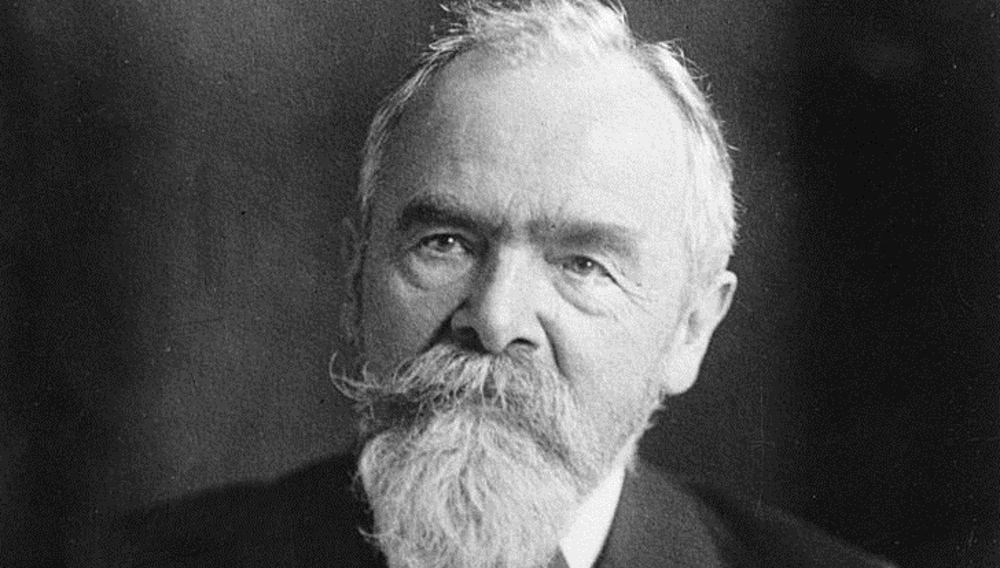
Godfather of modern brewing | The 18th and 19th centuries were an era of great innovation that fueled the industrial revolution. The “Spinning Jenny” (around 1765) and the steam engine (patented in 1769) were but two of the inventions that hurtled humanity towards the modern world we live in today. But rarely has a single person shaped the progress of an entire industry to the extent that Carl von Linde did with refrigeration. And he did so technically and scientifically (by creating the first artificial cooling, indispensable for brewers); legally (by ending the prohibition on brewing during summer); and aesthetically with regard to the prevailing beer style.

Microbial imperialism | The hybrid yeast S. pastorianus likely evolved spontaneously in the late Renaissance in the beer vats of Bavaria. Since then, it has replaced the once omnipresent S. cerevisiae in breweries throughout the world. This article traces this surprising development from its origins to the present and presents some tantalizing insights unearthed by the most recent genetic research.

The Grande Dame of Belgian Beer | For this installment of our article series, we travel to Belgium, a country with a passion for beer and where a number of distinctive styles have originated. Over several centuries, an extraordinary beer culture has developed in this small northwestern European country – both in its legendary monasteries and in the wealthy trading municipalities of its two main regions: Flanders and Wallonia. In this milieu, a figure arose whose influence on modern Belgian brewing history was substantial and who sadly passed away not long ago: the inimitable Rosa Merckx.

The offspring wins | This is the third of a four-part article series about the historical evolution of our understanding of the nature and function of yeast in fermentation. It investigates the improbable conditions that made the unlikely hybridization of S. cerevisiae and S. eubayanus in late-Renaissance in Bavaria, as well as its subsequent survival, possible.

When Eubayanus met cerevisiae | This is the second part of a series about our understanding throughout history of the nature and function of yeast in fermentation. The first part (BRAUWELT International 5, 2024) dealt with the puzzling discovery of two side-by-side fermentations, “cold” and “warm”, in the small town of Nabburg, in Bavaria’s Upper Palatinate region, in 1483. It also dealt with the 2011 discovery of the wild S. eubayanus yeast in the high Andes in Argentina. A subsequent genome sequencing proved that this wild yeast was the missing second parent of S. cerevisiae. The current installment examines a few theories, some speculative, about how this South American yeast or its spores might have reached Bavaria – a question that is still not resolved, and subject of vigorous investigations.



